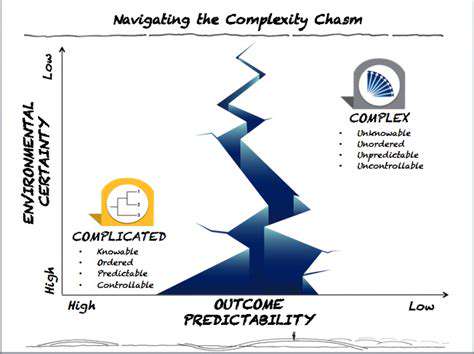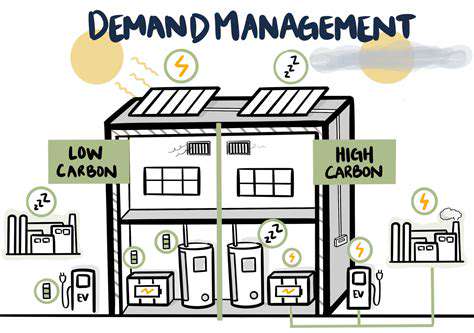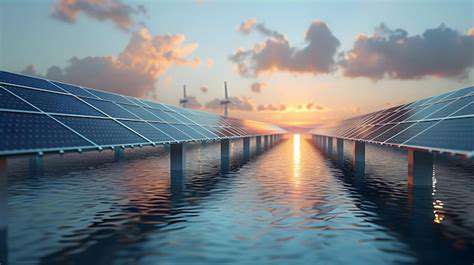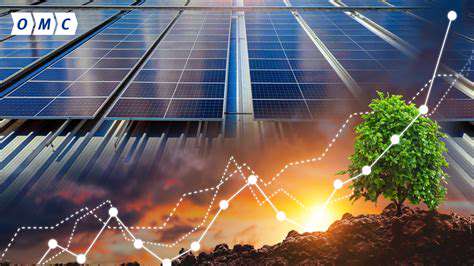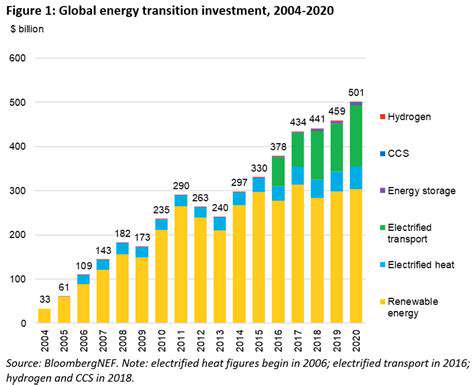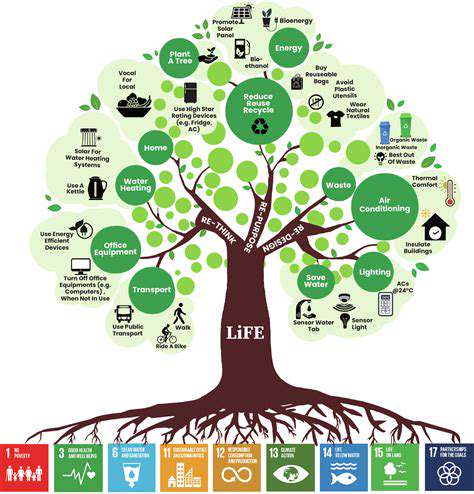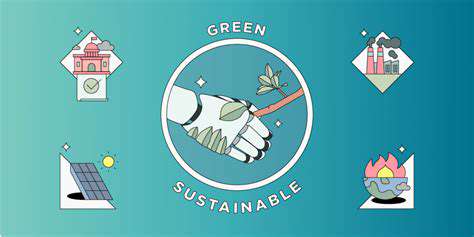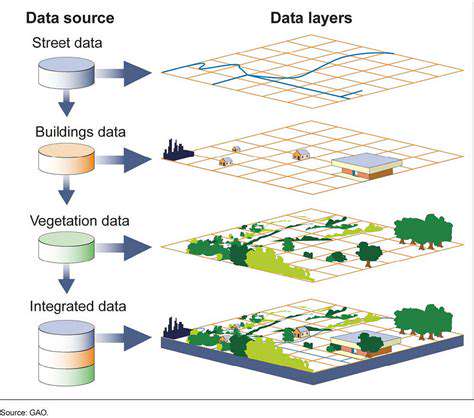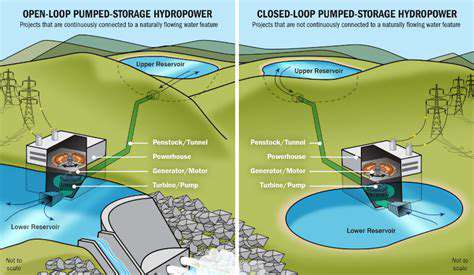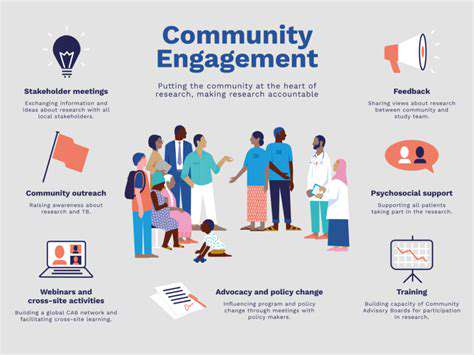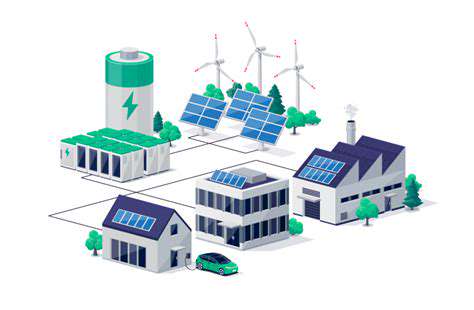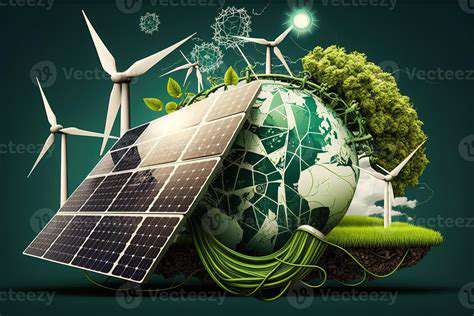New Business Models for Distributed Energy Resources (DERs)
Our century-old centralized power grid model is being challenged on multiple fronts. Rising energy demands, environmental pressures, and resilience requirements are pushing communities toward distributed energy resources (DERs). These systems generate electricity where it's consumed, creating a fundamental shift from massive power plants to localized infrastructure. This transformation gives communities unprecedented control over their energy future, while addressing modern energy challenges.
Localized generation creates inherently resilient systems. When main grids fail, DERs continue powering critical infrastructure - hospitals keep running, businesses stay open, and homes remain lit. By reducing transmission distances, these systems cut energy losses by 5-15% compared to traditional grids, while improving voltage regulation and frequency control through decentralized management.
Economic Opportunities in Distributed Energy
The DER market is spawning entirely new economic ecosystems. Solar installers, microgrid operators, and energy aggregators represent just the visible tip of this transformation. Behind them, software developers create energy management platforms, financiers structure novel investment vehicles, and technicians maintain growing fleets of distributed assets. Policy tailwinds like the U.S. Inflation Reduction Act are accelerating this economic engine, with DER-related jobs growing 3x faster than overall employment.
Cost dynamics increasingly favor distributed solutions. While large plants benefit from economies of scale, DERs avoid billions in transmission investments and line losses. Rooftop solar paired with batteries now delivers electricity at $0.08-$0.12/kWh in sun-rich regions - undercutting utility rates in most major markets. This economic reality is driving adoption across commercial and industrial sectors, where energy reliability directly impacts bottom lines.
Technological Advancements Driving the Revolution
Three technological vectors are converging to enable the DER revolution. Solar panel efficiencies have climbed from 15% to over 22% in a decade, while wind turbine capacities quadrupled. Lithium-ion batteries achieved an 89% cost reduction since 2010, solving intermittency challenges. Most crucially, IoT-enabled smart inverters now allow millions of DERs to autonomously coordinate, creating virtual power plants that rival traditional generation.
The digital layer transforms hardware potential into operational reality. Advanced metering infrastructure provides granular consumption data, while machine learning algorithms optimize dispatch across DER portfolios. Blockchain experiments enable peer-to-peer energy trading at neighborhood scales. These digital tools don't just manage complexity - they extract additional value from distributed assets through predictive maintenance and market participation.
Community Engagement and Public Policy
Successful DER deployment requires aligning three stakeholder groups. Municipalities must streamline permitting for rooftop solar and battery systems. Utilities need regulatory frameworks that compensate DER contributions to grid services. Most critically, communities require education on participation models - from solar co-ops to virtual net metering programs that include renters and low-income households.
Policy innovation is removing adoption barriers. Hawaii's Bring Your Own Device program pays battery owners for grid services. California's NEM 3.0 tariff structure encourages solar-plus-storage systems. In the EU, the Renewable Energy Directive mandates citizen energy communities. These policies recognize that DERs represent both technological and social transformations in energy systems.
Environmental Benefits and Sustainability
The environmental calculus for DERs extends beyond carbon reductions. While displacing fossil generation prevents millions of tons of CO2 emissions annually, distributed systems also reduce land-use impacts. Rooftop solar utilizes already-developed spaces, while community wind projects can coexist with agricultural operations. Perhaps most significantly, DERs democratize environmental benefits - allowing urban neighborhoods and industrial zones alike to participate in the clean energy transition.
Integration with Existing Infrastructure
Grid operators face the complex task of absorbing DERs while maintaining reliability. Solutions include advanced hosting capacity analyses to identify constrained circuits, and dynamic line rating technologies that unlock hidden capacity. On the customer side, smart panels with granular circuit-level control prevent overloads when adding DERs. These integration tools create a symbiotic relationship - DERs enhance grid flexibility, while robust grids provide backup when local generation falters.
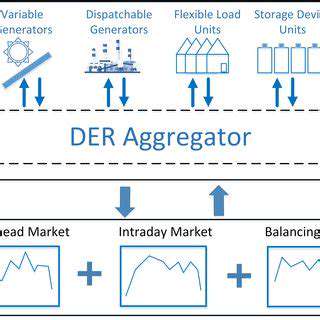
Triggers represent those distinct moments, thoughts, emotions, or circumstances that reliably precede and often initiate undesired emotional responses, such as anxiety or frustration. Identifying these precursors forms the essential first step in emotional regulation. Understanding their origins—whether external events, internal cognitive patterns, or their interaction—enables targeted intervention strategies for improved emotional control.
Energy Storage as a Service (EaaS) Models
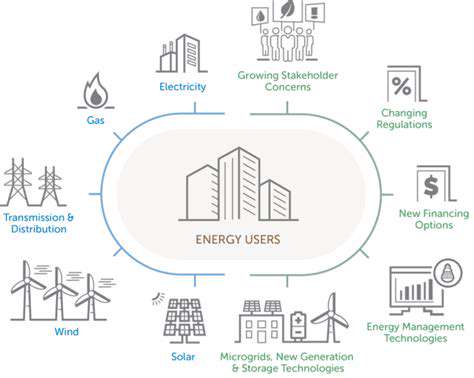
Understanding EaaS
The Energy Storage as a Service (EaaS) model represents a fundamental rethinking of energy infrastructure financing. Rather than purchasing storage systems outright, customers pay for storage capacity as an operational expense. This shift mirrors the cloud computing revolution in IT, where companies transitioned from owning servers to purchasing compute cycles. Providers like Stem and Swell Energy handle everything from battery procurement to regulatory compliance, while clients simply pay for the kilowatt-hours they consume. This model proves particularly valuable for commercial entities with variable load profiles and sustainability targets.
Key Benefits of EaaS
Financial advantages drive EaaS adoption. By converting capital expenditures into predictable operating expenses, businesses preserve credit lines for core operations. The typical 7-10 year battery lifespan becomes the provider's concern rather than the customer's. Operational benefits are equally compelling—EaaS packages often include performance guarantees, ensuring system availability and throughput regardless of equipment age or degradation.
Scalability and Flexibility
EaaS shines in dynamic environments. A manufacturing plant adding a night shift can incrementally increase storage capacity without equipment purchases. Retail chains can standardize EaaS contracts across locations while accommodating regional utility rate structures. This elasticity makes EaaS ideal for growth-phase companies and industries facing regulatory uncertainty, allowing energy infrastructure to adapt as business conditions evolve.
Reduced Operational Complexity
Energy storage involves multiple technical disciplines—electrical engineering, battery chemistry, power markets. EaaS providers bundle these competencies into turnkey solutions. For a hospital or data center, this means guaranteed performance without maintaining specialized energy staff. The model also future-proofs installations—as storage technologies improve, providers handle equipment refreshes transparently.
Integration with Existing Infrastructure
Sophisticated EaaS providers employ interoperability platforms that bridge legacy equipment and modern storage. OpenADR protocols enable automated demand response participation. Behind-the-meter systems coordinate with building automation networks. This integration capability transforms storage from isolated assets into intelligent grid participants, creating value streams from frequency regulation to demand charge management.
Cost Optimization and Predictability
EaaS contracts typically combine fixed capacity charges with variable usage fees. This hybrid structure aligns with how businesses consume energy—baseload requirements with peaking needs. Providers use machine learning to optimize dispatch against time-varying utility rates, often achieving payback periods under 3 years. The operational expenditure model also qualifies for different accounting treatment, potentially improving financial ratios for publicly traded companies.
Environmental Sustainability
EaaS accelerates decarbonization by making storage accessible. Renewable microgrids become economically viable when storage costs shift from capital to operational budgets. The model also enables novel sustainability strategies—corporations can count leased storage toward Scope 2 emissions reductions. As carbon pricing mechanisms mature, EaaS provides a flexible tool for emissions management without tying up corporate capital in long-lived assets.
